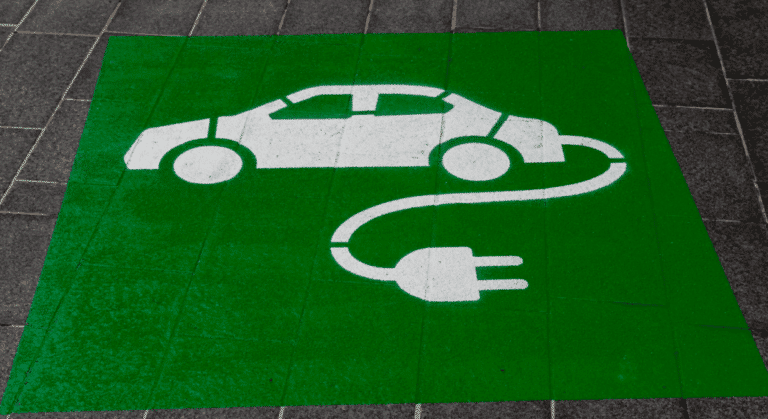the fascinating method that drives engines and prolongs their life in a city in Occitanie
In the heart of Occitanie, more specifically in the city of Cahors, an innovative and surprising experiment was carried out on the use of water-based doping in municipal vehicles. This fascinating method, which aims to improve performance of thermal engines and prolong their lifespan, combines techniques dating back to the 19th century with modern technology. Through water vapor injection, it aims to reduce fuel consumption and decrease pollution, providing a promising alternative in a context of growing environmental concern.
In the small city of Cahors, in the Occitanie region, an amazing experiment has been conducted that seeks to revolutionize the efficiency of combustion engines through an innovative method of water doping. This process, which combines technology and sustainability, not only promises to improve vehicle performance but also extend their lifespan, offering valuable lessons on the path to a more ecological future.
A visionary project
The initiative, which originated in 2007 under the framework of Agenda 21, aimed to improve the energy efficiency of thermal engines through water vapor injection. Drawing inspiration from 19th-century techniques, the system used allows water vapor to be produced from the heat of exhaust gases and injected into the combustion chamber. This results in a more effective combustion and a significant reduction in pollution.
A unique experience
Among the vehicles used, a Peugeot 306 stood out as the laboratory vehicle, internally adapted with the collaboration of a local engineer. “We realized that there was an efficiency in the less polluting exhaust gases and a considerable fuel economy,” relates Mathias Autesserre, part of the project. The results showed that the engine suffered less wear, and the change oils remained cleaner.
Mixed results and technical challenges
Despite promising results, such as a consumption reduction of up to 25% under gentle driving conditions, the lack of a reliable measurement protocol and incompatibility with modern systems led to the discontinuation of the project around 2010. “We were left relying on personal impressions,” laments Autesserre, reflecting the end of an experimental era.
A lasting legacy
Today, as the automotive world moves towards more electronic systems, water doping remains a topic of interest, even for major car manufacturers. BMW and Renault have explored this method, indicating that interest in more sustainable techniques is still alive. As Alexandre Tornel, one of the pioneers of this project, comments, “every time there is a crisis, the concept of water doping reappears in the conversation.”
The experiences in Cahors remain a reminder that sustainability and reducing fuel expenditure are values that, although often forgotten, can find new paths in current automotive development. The connection between sustainability and efficiency is reaffirmed in times of need, keeping the flame of technical innovation alive in the community.
An innovative method for sustainability
The fascinating method of water doping has emerged in the city of Cahors, in the Occitanie region, as a bold alternative to improve the performance of thermal engines. This technique, which uses water vapor injection, not only enables better combustion but also helps to reduce fuel consumption and pollutant emissions, promoting a path towards sustainable development.
Despite facing technical challenges and the evolution of automotive systems, the initial results of this experience demonstrated a significant decrease in pollution and an improvement in engine durability. The vehicles subjected to this treatment showed less wear and greater efficiency in resource use.
Today, the idea of water doping continues to spark interest, both in experimental circles and among large car manufacturers, who seek paths towards a more effective energy transition.





